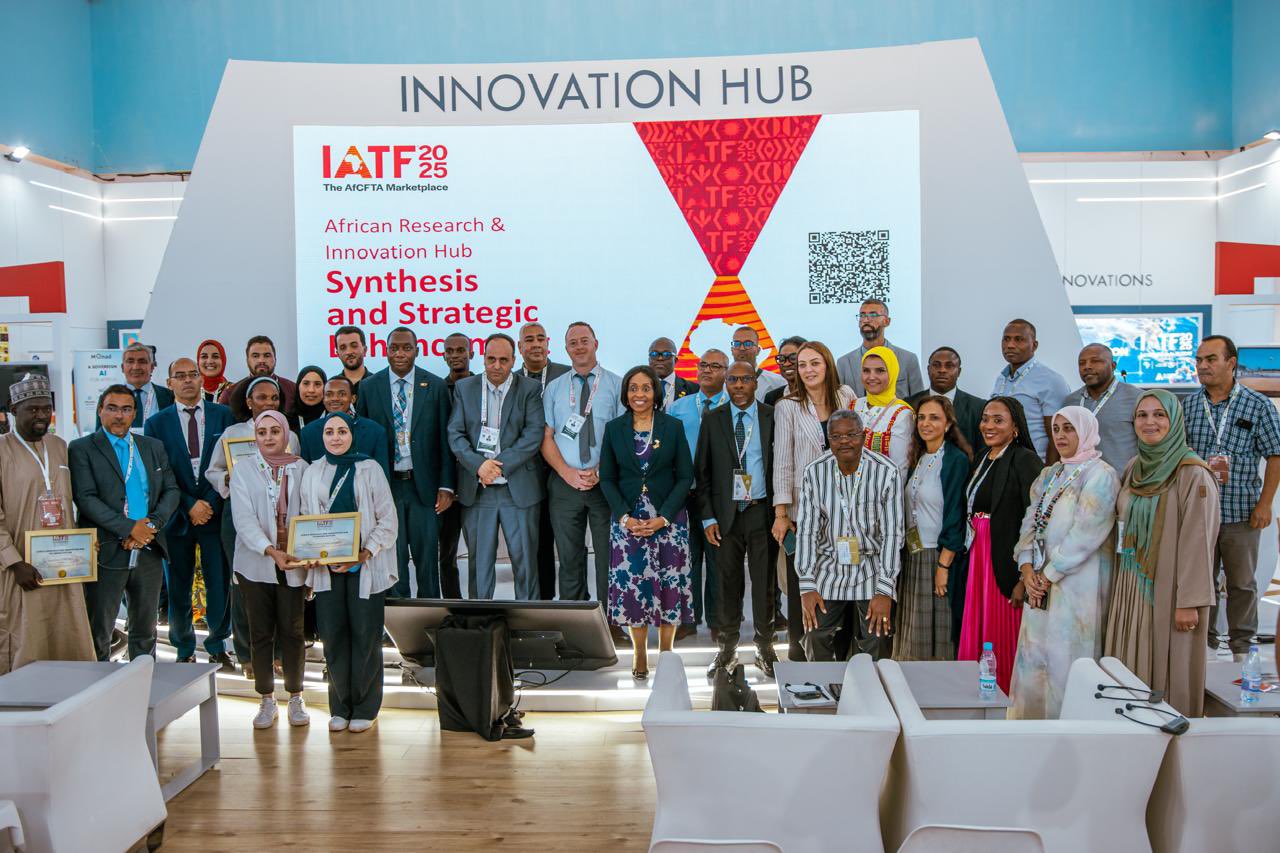
Wednesday 17th September 2025

By inAfrika Reporter
Africa’s push for technological sovereignty and trade-led growth gained fresh momentum with the launch of the African Research and Innovation Hub (ARIH) by the African Export-Import Bank (Afreximbank). Unveiled on the sidelines of the Intra-African Trade Fair (IATF2025), the hub is designed to convert the continent’s scientific talent into commercial products and scalable businesses—an effort Afreximbank says could unlock up to US$70 billion annually if African countries double their research and development spending to one percent of GDP.
ARIH’s mandate is deliberately ambitious: close chronic R&D investment gaps, lift the continent’s share of global research output, and accelerate the commercialization of homegrown technologies. The model leans on tighter linkages among universities, industry, policymakers, and investors so that promising research does not stall in laboratories but becomes bankable innovations that expand intra-African trade and catalyze structural transformation. In practical terms, the hub will cultivate partnerships, provide pathways to market for researchers and startups, and channel institutional support toward sectors with the highest potential for sovereign capability and value addition.
“The establishment of the African Research and Innovation Hub marks a pivotal moment for Africa’s scientific and technological ecosystem,” said Dr. Yemi Kale, Afreximbank’s Group Chief Economist and Managing Director for Research. He framed ARIH as a vehicle to transform Africa’s intellectual capital into industrial competitiveness, diversified trade, and sustainable development, noting that the continent still produces less than three percent of global research output despite facing urgent economic and climate pressures. “Accelerating Africa’s innovation ecosystem to support economic growth, trade diversification and technological sovereignty is, therefore, an objective we are happy to commit to,” he added.
Kale cast ARIH as both platform and pipeline: a conduit connecting scientists, innovators, entrepreneurs, and policymakers to speed the journey from idea to industry. By prioritizing commercialization and market fit—alongside the necessary policy and financing frameworks—Afreximbank aims to shift incentives toward outcomes that strengthen supply chains, reduce import dependency, and lift exports within the African Continental Free Trade Area. The US$70 billion figure, tied to a doubling of R&D spend, underscores a thesis long argued by development economists: innovation pays, but only when it is systemically funded and intentionally translated into products, services, and firms that scale.
That intent was on display at IATF2025, where ARIH recognized 12 standout research and innovation projects drawn from more than 200 applications across Africa and the Caribbean. The winners—honored with certificates and cash prizes presented by Afreximbank Executive Vice President for Intra-African Trade and Export Development, Kanayo Awani—spanned fields with clear relevance to the continent’s technology gaps and development priorities. Dr. Anthony Coleman, Afreximbank’s Director for Development Research, urged the awardees to push further, using ARIH as a springboard for collaboration that translates scientific promise into commercially viable solutions for Africa’s markets.
Regional and continental buy-in was evident at the launch, attended by senior Algerian officials including the ministers responsible for higher education, knowledge economy, startups, microenterprises, and foreign trade, together with counterparts from Lesotho and the Central African Republic. Their presence signaled the political will required to align regulatory frameworks, intellectual property regimes, procurement rules, and financing instruments around an innovation-first development strategy.
IATF2025 itself offered a snapshot of the opportunity set. The seven-day fair drew more than 112,000 visitors from 132 countries, hosted 2,148 exhibitors, and closed with US$48.3 billion worth of trade and investment deals. For Afreximbank, those numbers are not just headline fodder; they are demand signals. If ARIH can consistently match research supply with market demand—helping proven pilots cross the chasm into production and export—it could become the institutional backbone of Africa’s next growth chapter.
The challenge now moves from launch to execution. ARIH will be judged on how quickly it can broker partnerships, mobilize co-funding, and shepherd intellectual property into factories, platforms, and storefronts across the continent. Success would mean more African patents and products, deeper regional value chains, and a larger share of global trade anchored in African ideas. For a continent long brimming with ingenuity but under-capitalized in R&D, Afreximbank’s new hub is a bet that smart money plus structured commercialization can finally turn talent into transformative, tradable value.


